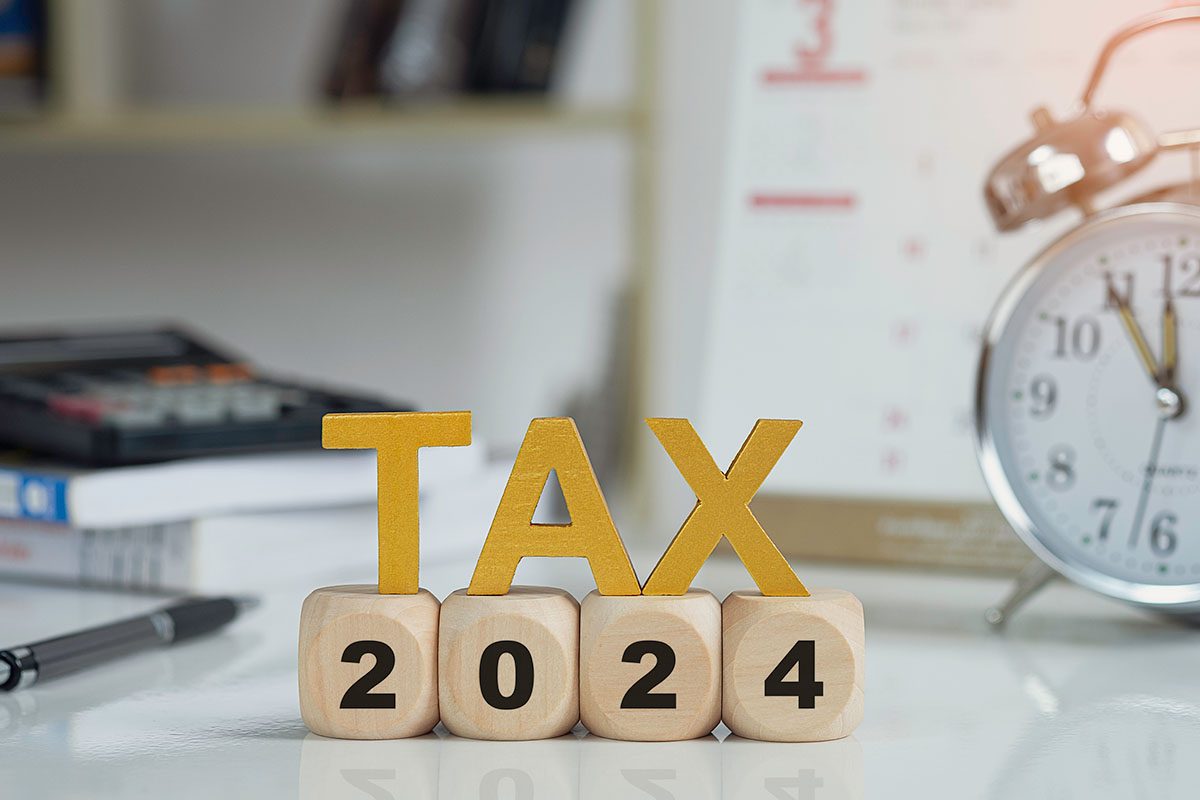The new tax year (2024-25) started on 6 April 2024. This presents both new opportunities and challenges for UK households. On the positive side, many tax allowances (e.g. for ISAs) have now refreshed, enabling many individuals to optimise their savings and investment returns. Conversely, some tax rules have changed and restricted investor options for tax-efficient investing, such as the lower Annual Exempt Amount for capital gains tax (CGT).
In this article, our Teesside financial advisers at Vesta Wealth explain some key features of the new 2024-25 tax year, why it matters to start planning early and how to integrate new tax rules effectively into a financial strategy. We hope these insights are helpful. Please contact us for more information or to speak with a financial adviser:
t: 01642 917 106
e: [email protected]
Key features of 2024-25
Many of the changes to the UK’s tax landscape were announced last year (e.g. in the 2023 Autumn Statement) and the more recent Spring Budget in 2024. The headline change from the latter was the cut in National Insurance (NI) from 10% to 8%, starting on 6 April 2024.
The government at the time claimed this would save £450 per year for a salaried worker earning £35,400. Class 2 NI contributions have been cut entirely and Class 4 contributions have also been cut to 8%. These changes could save the average self-employed worker £350 a year.
On 6 April 2024, the lifetime allowance (LTA) on pensions was also abolished and replaced by two new allowances. The Lump Sum Allowance, and the Lump Sum and Death Benefit Allowance. In simple terms, this means that the amount an individual can take from their pension, tax-free, will be capped at £268,275 (25% of the former LTA, i.e. £1,073,100).
Other announced changes include a higher threshold for starting to lose Child Benefit, from £50,000 to £60,000.
Why it matters to plan early
Towards the end of each financial (or “tax”) year, many households find themselves in a similar position. As the 5 April deadline looms in March, accountants and financial planners are inundated with requests for help – often leading to delays. Yet it is not only time that is short.
Funds can be, too. For instance, it may be very difficult to maximise your £20,000 ISA allowance for the tax year in such a short time.
By planning ahead in 2024-25, clients have a better chance of optimising their allowances. Contributions can be “spread out” across the tax year, and you have more time to ask professionals questions about restructuring your assets (where appropriate).
There can be other benefits of this approach. For instance, a monthly contribution strategy (e.g. to a Stocks & Shares ISA) can allow for a “pound-cost averaging” strategy. This allows an investor to “drip feed” into their portfolio and mitigate the potential impact of a market fall (or crash) along the timeline. By contrast, making a large lump sum investment near the end of the tax year might lead to higher losses, in the short term, if a crash occurred shortly afterwards.
Ideas to maximise the 2024-25 tax year
Investors should take note of two key changes in 2024-25. Firstly, the tax-free limit on capital gains (outside of an ISA) has fallen from £6,000 per year to £3,000. Secondly, only up to £500 can be earned in dividends without tax in 2024-25. In 2023-24, this was previously £1,000 (although you do not pay tax on dividend income which falls within your Personal Allowance).
Naturally, this makes it more challenging for many people to engage in tax-efficient investing in 2024-25. Yet strategies are still available with the help of a financial planner. ISAs will likely play a stronger role in investor planning in 2024-25. Any interest, capital gains, and dividends earned within an ISA are free from tax.
Married couples and civil partners can also still make use of tax-efficient asset transfers. For instance, if a husband gives £10,000 in shares from his general investment account (GIA) to his wife, he usually does not need to pay CGT on any gains from “disposing” of these assets. This could allow both parties to use both of their CGT Annual Exempt Amounts and utilise both of their ISA allowances. Overall, the household could improve its tax position.
The announced British ISA offers an interesting potential benefit to investors, too. Chancellor Hunt when making the announcement, stated that this will “expand” an individual’s £20,000 ISA allowance by £5,000 if they invest in British shares. However, the details are still being ironed out and the British ISA may not arrive until April 2025, or later. At which point, a general election will have occurred and the idea may be changed or dropped. Watch this space!
Invitation
If you would like to discuss your financial plan and investment strategy, then we would love to hear from you. Get in touch with your Financial Planner here at Vesta Wealth in Cumbria, Teesside and across the North of England.
Reach us via:
t: 01228 210 137
e: [email protected]
This content is for information purposes only. It should not be taken as financial or investment advice. To receive personalised, regulated financial advice regarding your affairs please consult your Financial Planner here at Vesta Wealth in Cumbria, Teesside and across the North of England.

